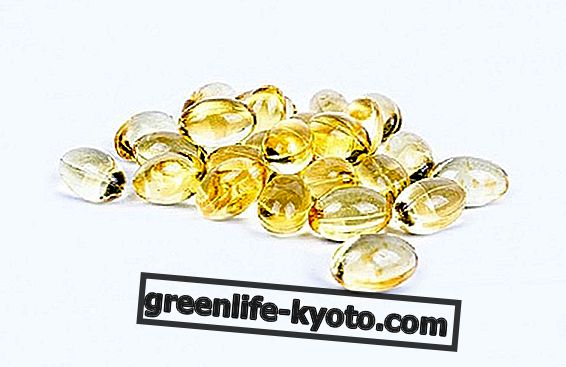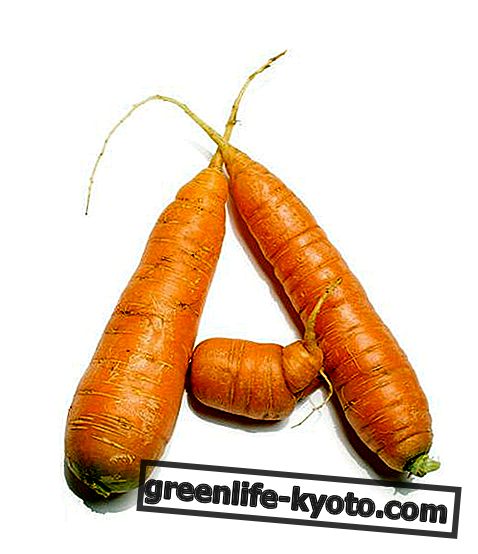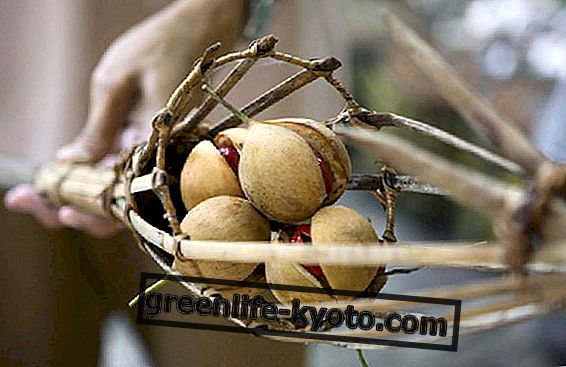Fennel ( Foeniculum vulgare ) is a plant of the Umbelliferae family with important digestive properties . Rich in minerals and vitamins, it is also known for its purifying qualities. Let's find out better.

Description of the fennel
Crunchy and pleasantly scented, fennel is perhaps one of the most common vegetables on the Mediterranean area.
The best climate for its cultivation is temperate, but more tending to heat than cold. In Italy it is cultivated more or less everywhere, especially in the Center and in the South, where it is widely used at the end of a meal, to promote digestion .
There is also a variety of wild fennel.
Properties and benefits of fennel
Fennel is best known for its digestive properties; but he is a friend of the whole gastrointestinal system. It has the ability to prevent the formation of intestinal gases and contains anethole, a substance capable of acting on painful abdominal contractions.
Fennel also has depurative properties, in particular on the liver and blood. It also has anti-inflammatory power.
It is composed mainly of water; among the minerals the most present is potassium ; contains vitamin A, vitamin C and some B-group vitamins. It is fairly rich in flavonoids . It brings very few calories.
Calories and nutritional values of fennel
100 g of fennel contain 9 kcal / 36 kj.
Furthermore, for every 100 g of this product, we have:
- Water 93.20 g
- Carbohydrates 1 g
- Sugars 1 g
- Proteins 1.2 g
- Fat traces
- Cholesterol 0 g
- Total fiber 2.2 g
- Sodium 4 mg
- Potassium 394 mg
- Iron 0.4 mg
- Calcium 45 mg
- Phosphorus 39 mg
- Magnesium 16 mg
- Zinc 0.87 mg
- Copper 0.1 mg
- Selenium 0.9 µg
- Vitamin B1 0.02 mg
- Vitamin B2 0.04 mg
- Vitamin B3 0.5 mg
- Vitamin A 2 µg
- Vitamin C 12 mg
Fennel, ally of
Stomach, intestine, liver.
Discover the properties and use of mother fennel tincture

Curiosity about fennel
- Fennel is recommended in the diet for breastfeeding women. It is said to facilitate milk production. In reality, on the other hand, fennel contributes above all to making its taste more pleasant.
- Do you know where the term infinocchiare comes from? Fennel alters the functionality of the taste buds; so, after eating fennel, everything looks better and sweeter. The not too honest hosts used to offer fagots to customers before serving their bad wine, to mitigate their taste. Hence the term infinocchiare .
A recipe up your sleeve
Excellent raw, but also cooked. Here is the recipe for au gratin fennel .
Cut three or four fennels into strips and boil them in salted water. Pour a little olive oil on the bottom of a baking dish and coat with breadcrumbs. Arrange the fennels previously blanched and drained; season with breadcrumbs, a tablespoon of Parmesan and a drizzle of olive oil. Bake at 180 degrees for about 15 minutes.
Video by Deabyday.tv













